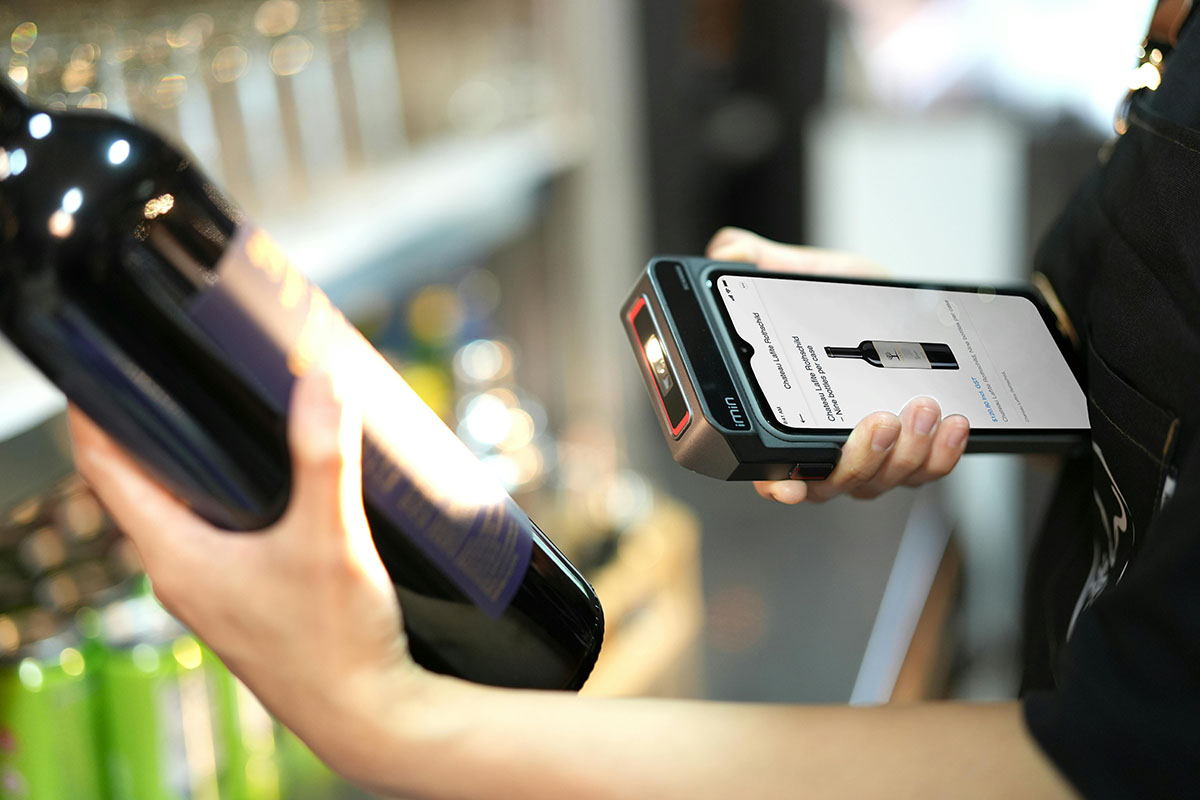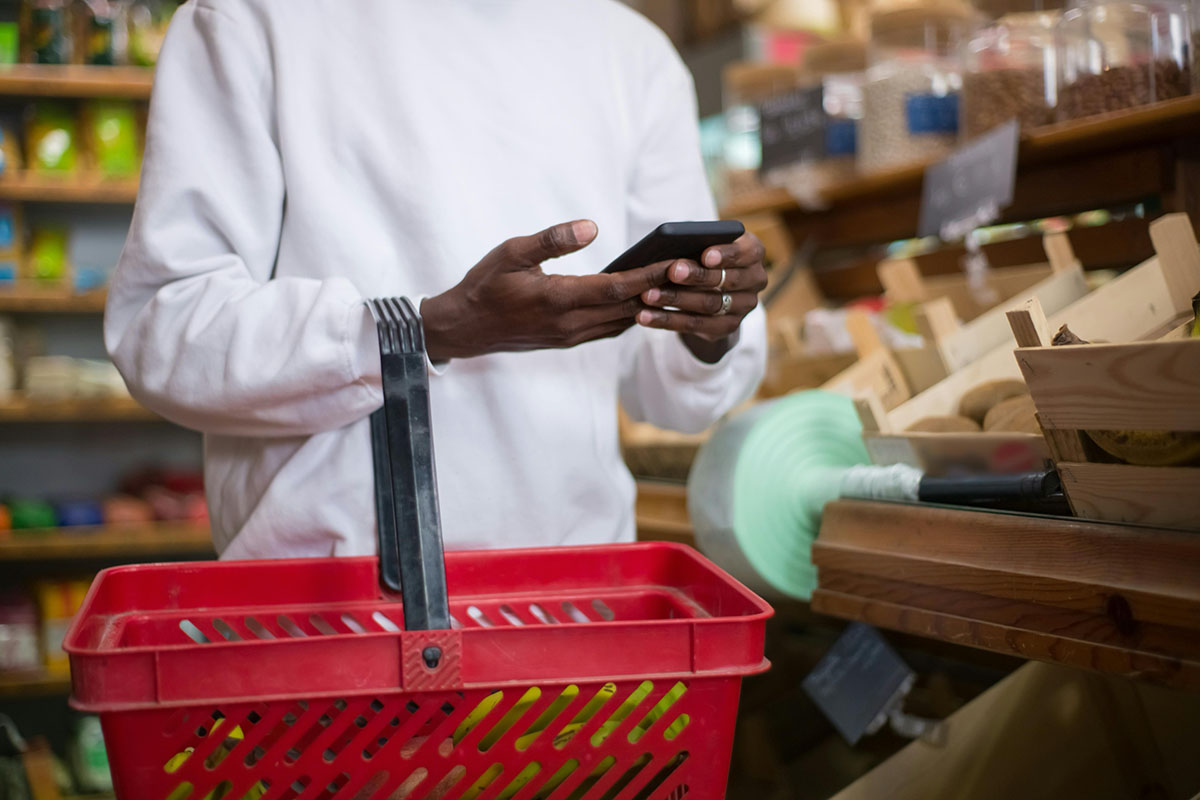share this article
Forget DIY! DIFM (Do-It-For-Me) is the new name of the retail game, driven by AI technology that includes conversational AI chatbots, AI-driven personalized recommendations, and powerful data analytics for better decision-making. Time-pressed consumers are increasingly outsourcing not just tasks but decisions, creating a golden opportunity for retailers.
The “Do-It-For-Me” economy and its overlap with AI is transforming retail. AI-powered home reordering to virtual beauty consultations, DIFM services offer convenience and personalization that busy customers crave. Let’s breakdown the benefits and the implications.
Why Do-It-For-Me?
The DIFM economy is growing as consumers increasingly prefer services where experts or automated systems complete tasks on their behalf, rather than the traditional DIY (Do-It-Yourself) approach. It’s a shift driven by convenience, time savings, and the desire for professional results.
“The do-it-for-me movement caters to consumers who don’t have the time, resources, or desire to complete a certain task. So, whereas DIY would involve teaching a customer how to complete a task themselves, DIFM would have a business do the job for them. Although the do-it-yourself (DIY) trend had its time to shine, it’s now fading away. Replacing it is the do-it-for-me (DIFM) movement, which is changing how customers interact with businesses and how companies respond to consumer demand” – Business.com

How Does AI Function in the DIFM Economy?
We’ve explored in depth how AI can improve retail and restaurants. But AI is an essential component of the DIFM economy, providing sophisticated tools and technologies that cater to growing consumer demand for convenience and efficiency. In retail, this manifests in several ways:
Customized Recommendations – Because AI can crunch data quickly and effectively, it becomes a powerful tool for personalized shopping. Brands offering personalized shopping experiences see a 40% increase in consumer spending. Using the customer’s historical purchases, online searches, and demographic information, it can serve up recommendations to customers in-store or online. This not only makes them feel noticed and catered to but also increases their loyalty and spend.
Virtual Assistants – A retail AI chatbot offers a human-like experience with conversational AI capable of responding naturally, answering questions, and functioning as a virtual assistant to help customers find products and make purchases. AI chatbots have proven to be game changers in the retail industry, boosting sales by an impressive average of 67%. Notably, 26% of all sales originate from initial interactions. According to Gartner, Chatbots are predicted to become the primary channel for customer service in 25% of all businesses by 2027.
Automated Service – Once again, chatbots for retail come to the rescue, providing rapid, no-wait customer service for everything from locating products to processing returns. The instant service provided through automation increases customer satisfaction – gone are the days of waiting on hold for 20 minutes for the next available customer service rep. Customers now get immediate gratification with conversation AI and can escalate to a human when needed.

Walmart has been developing DIFM solutions that are enhancing the consumer experience.
- Voice shopping through Walmart Voice Order allows customers to effortlessly reorder items using their smart speakers and mobile devices.
- Text to Shop lets customers conveniently search for, add or remove items from their carts, reorder favorites, and schedule pickups or deliveries via quick text conversations on iOS and Android devices.
Walmart continues enhancing its mobile app experience to provide a more personalized shopping trip for customers on the go. An improved search tool now provides suggestions and recommendations tailored individually based on location, past purchases, product interests, and browsing history. Customers can also now find recommendations in dedicated sections of the app, like trending near me, new arrivals, rollbacks, and more.
Augmented Reality (AR) and DIFM Retail
AR is playing a huge role in changing how consumers shop. Whether in-store or online, AR allows customers to “try before you buy.” How? With AI interior design, you can use AI home rendering to visualize how a product will look in your room. Similarly, you can virtually try on clothing in front of an AR mirror in the store or through an app. United.ai highlights the key benefits of AR for DIFM interior design:
- Utilizing AI tools for interior design revolutionizes the way spaces are envisioned and executed, allowing for the creation of designs that perfectly match individual preferences and spatial constraints.
- With AI, designers can easily simulate and visualize spaces in 3D that enable clients to see and modify their future interiors in real-time.
- AI technology streamlines the selection of furniture, color schemes, and materials.
- AI-driven analytics can predict user needs and recommend design adjustments, leading to more innovative, personalized, and adaptable living spaces.
- The integration of AI in interior design significantly reduces time and costs associated with manual planning and revisions.

Developing a Strong DIFM Strategy
Behind the scenes, AI is already working to improve operational efficiencies, improve supply chain excellence, and transform labor requirements. For example, Amazon achieved a 225% decrease in “click to ship” time by utilizing machine learning, reducing it to 15 minutes.
But the integration of AI in DIFM strategies can have an even larger impact on retailers, because by providing this desired service for customers it not only enhances customer experience and improves loyalty but can increase how much the customer spends.
When properly introduced, DIFM strategies should have a positive impact on core product sales. A great example is the DIY retailer, Wickes. Wickes began implementing their DIFM strategy in 2021.
Wickes DIFM sales doubled in a year. Its “performance was driven by having sales in local trade, DIY (or Core), and Do-It-For-Me (DIFM), with two-thirds of its sales in 2021 driven by digital channels. Its Core like-for-like sales increased by 35.7% on a two-year basis, while DIFM orders strengthened throughout 2021 from Q2. DIFM like-for-like revenue grew by 8.5% for the full year, with ‘buoyant’ bathroom sales.”

Actionable Takeaways for Retail Leaders:
- Leverage AI for Personalization: Implement AI-driven solutions to offer personalized shopping experiences that can increase customer spend and loyalty.
- Integrate AR for Enhanced Engagement: Utilize AR to provide immersive “try before you buy” experiences, reducing returns and enhancing customer satisfaction.
- Invest in Cloud-Based Infrastructure: Use cloud computing to gain deeper insights into consumer behavior and streamline operations, enabling more agile and responsive business strategies.
- Develop DIFM Offerings Thoughtfully: Ensure DIFM services align with your brand’s core values and customer expectations, focusing on enhancing rather than replacing the DIY experience.
AI is a key enabler of the Do-It-For-Me economy, transforming the retail sector by providing personalized, efficient, and automated services. As consumers continue to demand convenience and professional results, the integration of AI and conversational AI chatbots in retail will only grow, driving further innovation and reshaping the shopping landscape.




